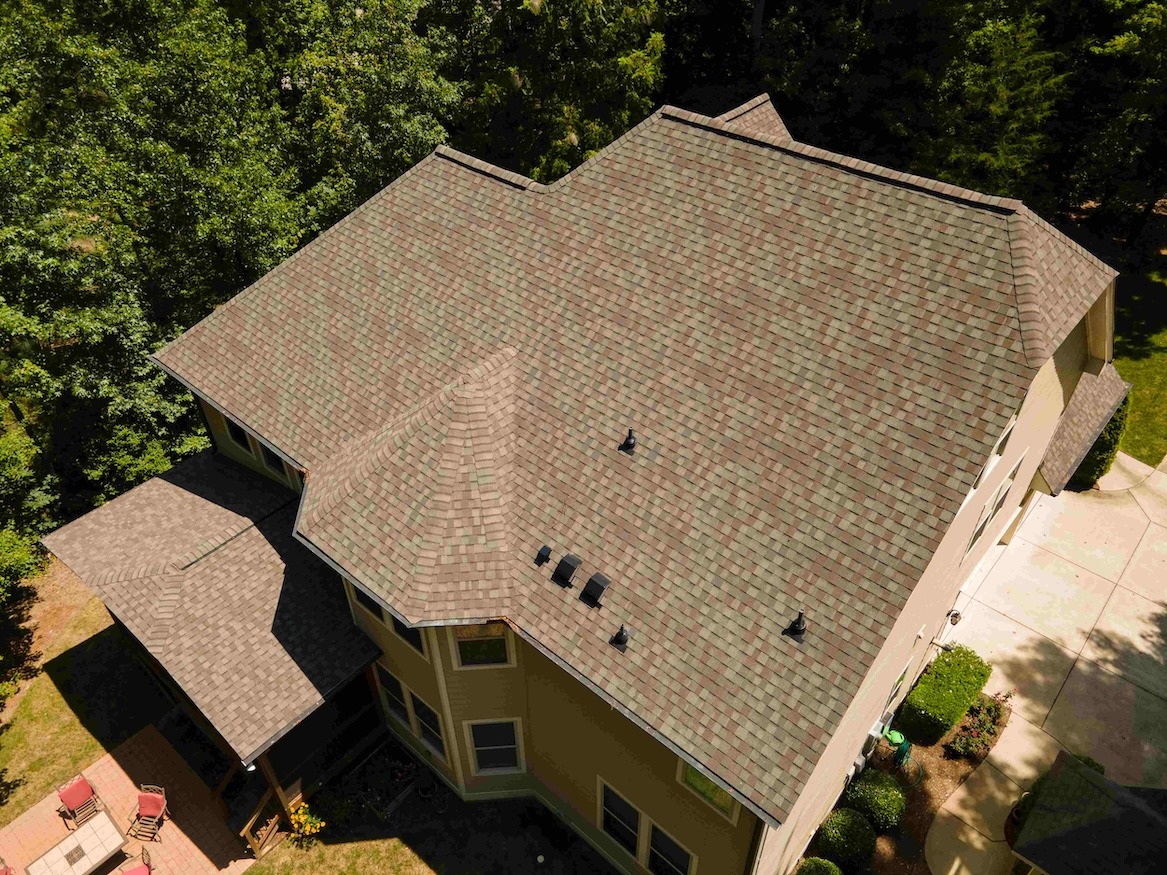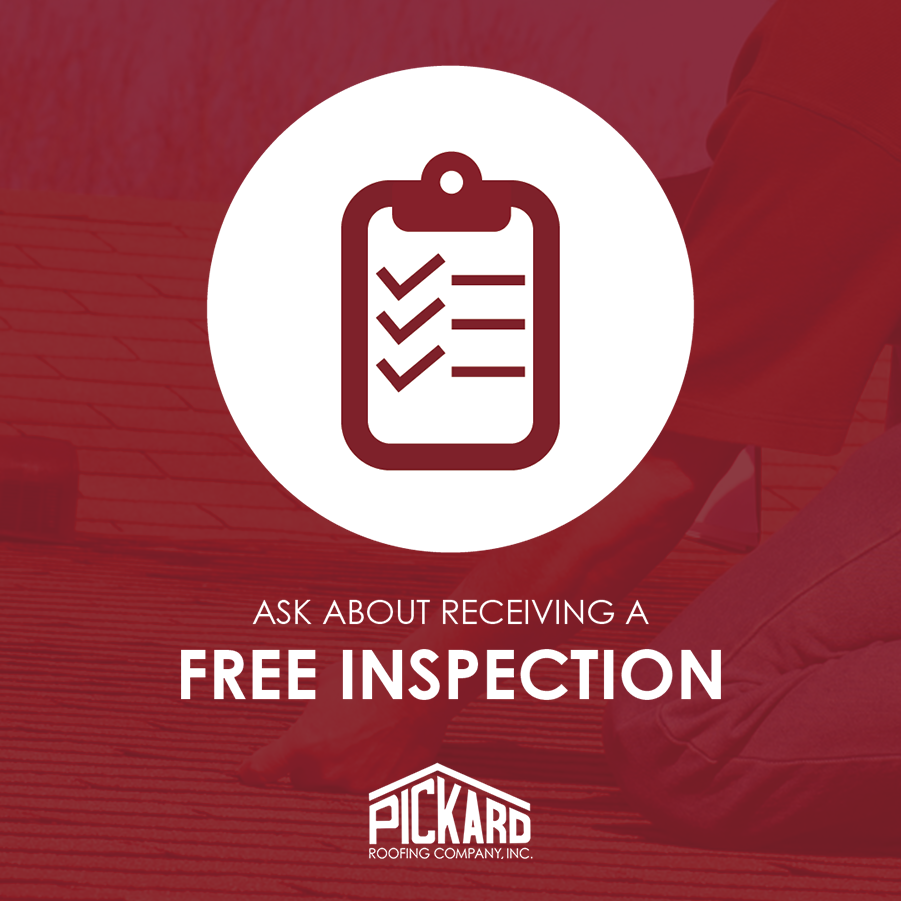Preparing your home for a new roof installation is a large step for any homeowner. For those who have recently moved into their first home, understanding the process and preparing accordingly is essential for safeguarding the investment you've made into your property. A new roof not only enhances the safety and appeal of your home but also increases its market value. Pickard Roofing can help new homeowners and anyone considering a roof replacement in North Carolina.
The Roof Installation Process
Over time, various factors such as age or weather-related damage can compromise a roof's structural integrity. Recognizing when a replacement is necessary is fundamental in maintaining your home's safety and preventing expensive problems in the future. The process begins with a thorough inspection to assess the extent of damage and determine the scope of the project.
After the inspection, the old materials will be carefully removed. This step must be done carefully to avoid damage to the underlying structures such as the roof deck. Once the old materials are cleared, repairs to the decking and support structures may be needed, especially if there has been water damage or structural weakening.
Next, a water resistant barrier is installed to protect the home from future water intrusion, a common issue that can lead to mold or structural damage. Following this, the new roofing materials are laid down, starting from the base of the roof upwards. Each type of roofing material requires specific techniques and tools for installation, which is why professional installation is recommended.
Finally, additional features such as ridge vents or gutter systems may be added to enhance the roof’s functionality and ensure proper ventilation. Understanding this process helps homeowners make educated decisions about their roofing needs.
Choosing the Right Roofing Material
Roofing materials vary greatly in style, durability, and cost. Options range from traditional asphalt shingles to modern metal roofs, and each comes with its own set of benefits. For instance, metal roofs are known for their longevity and energy efficiency, while asphalt shingles are popular due to their cost-effectiveness and wide range of styles.
When selecting a roofing material, consider factors like the climate, your home's architectural style, and your budget. Selecting the right material is a key decision that will affect your home’s performance and appearance.
Finding the Right Contractor
The success of your roofing project largely depends on the contractor you choose. It's important to select a contractor with a solid reputation and necessary credentials, including licensing and insurance. Look for contractors with positive reviews and ask for references. A contractor like Pickard Roofing will not only provide a high-quality installation but also offer valuable insights on the maintenance practices and materials for your needs.
Budgeting for Your New Roof
The cost of a new roof can vary widely depending on the size of your home and the materials you choose. It's important to consider all the factors that influence cost, including labor, materials, and any structural repairs that may be necessary. Be aware of potential hidden costs like debris removal or landscape repairs.
Additionally, the complexity of your roof’s design could affect pricing; more intricate designs often require additional labor and materials, thus increasing the overall cost. Accessibility issues, such as a steep roof pitch or hard-to-reach areas, can also lead to higher labor costs. Planning your budget carefully can help you manage the installation without unexpected expenses, ensuring that you are prepared for all aspects of roof replacement.
Preparing Your Home for Installation Day
To ensure a safe roof installation, start by removing vehicles, patio furniture, and other personal items from around the house to provide clear access for the roofing crew. This allows safer movement for the installation crew and it protects your belongings from potential damage. Inside your home, it's important to keep your living areas clear and secure. Loose items inside your home, particularly in the attic, should be stabilized or moved to a secure location as they may be affected by vibrations during the installation process.
The installation process generally begins with the removal of the old roof, followed by a thorough inspection of the underlying structure. Any necessary repairs are made before the new roofing materials are installed. Throughout the installation, safety measures are rigorously followed to protect both the crew and your property.
Depending on the size of the roof and the complexity of the job, homeowners can typically expect the roofing installation to last anywhere from a few days to a week. Being aware of what to expect each day will help you plan accordingly and manage your daily routines with minimal disruption.
Maintenance Tips After Installation
Once your new roof is installed, regular maintenance is essential to extend its lifespan and efficiency. Conduct regular inspections to check for signs of damage, such as cracked shingles or leaks, especially after severe weather. Cleaning your gutters and keeping your roof free of debris can also prevent damage. If you notice any issues, contacting a professional for an inspection is advised.
Conclusion
Preparing for a roof installation is a significant endeavor that can greatly impact the safety, efficiency, and value of your home. For homeowners in North Carolina, Pickard Roofing is here to offer expert guidance and tailored roofing solutions. Contact us today to schedule a consultation and guarantee a great roof installation experience.






